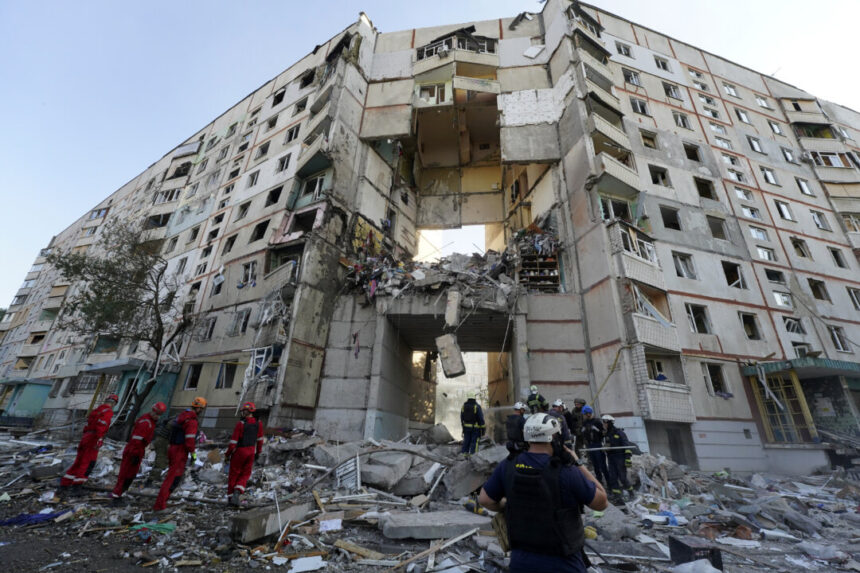Commentary
With the battle lines in Ukraine at a standstill, both sides seem unable to bring the conflict to a decisive end. This raises the question of why the war persists. The Ukrainians aim to expel the Russians from their country, including Crimea, while Russia seeks to fully absorb Ukraine back into its territory after a 300-year history.
The history of Ukraine and Russia is fraught with grievances on both sides. According to Russian President Vladimir Putin, Ukraine was never a distinct nation but rather a contested region where various powers vied for control. The Ukrainian territory was only recognized as a Soviet Socialist Republic in 1919 by Lenin, making it a significant part of the USSR alongside Russia.
Ukraine endured severe atrocities under Stalin’s rule, leading to a complicated relationship with Russia. The collapse of the Soviet Union in 1991 saw Ukraine declare independence, further straining relations with Russia, which viewed former Soviet republics as part of its “near abroad.” The presence of a sizable Russian-speaking population in Ukraine adds to Russia’s claim to influence there.
The annexation of Crimea by Russia in 2014 followed a political shift in Ukraine towards closer ties with Russia, prompting protests and a change in leadership. Russia’s subsequent military actions in eastern Ukraine escalated tensions further.
President Putin’s ambitions to restore Russia’s influence in Europe, combined with perceived weaknesses in Western powers, led to the current conflict. However, Putin underestimated Ukraine’s military capabilities and the support it received from Western allies, leading to a more resilient resistance than he anticipated.
Despite Russia’s historical ties to Ukraine and its desire to reverse the country’s secession, the Ukrainian population’s strong opposition and military training provided by NATO countries have thwarted Putin’s plans for swift conquest.
Former President Donald Trump had already taken the initiative of supplying the Ukrainians with Javelin antitank missiles, a move that German Chancellor Angela Merkel had refused to do, citing concerns about increased bloodshed. At the onset of the Russian invasion in 2022, President Biden offered refuge to the Ukrainian president and his family, with expectations that Russia would quickly seize Kiev and occupy the entire country.
However, as the situation unfolded, there was a renewed determination among European NATO allies, the United States, and Canada to support Ukraine militarily. NATO has largely funded the defense efforts, but Ukraine has borne the brunt of casualties. The likely terms to end the war include a ceasefire, recognition of Ukraine’s sovereignty, and potential eligibility for EU and NATO membership.
Former President Trump recognizes the importance of deterring a potential alliance between Russia and China post-war. The resolution of the conflict hinges on the upcoming U.S. election and the push for a peaceful agreement.
The end of the war will determine the future relationship between Russia, Ukraine, and NATO.
Source link





